Tutorial: Understanding the difference between a decentralized application (dApp) and Application (App)
Hello my lovely friend.
Greetings to you my dear friend and how are you and your love ones doing? I am sure you all are fine. Today, in this post I have compiled the difference between a dApps and a Apps in a very simple way that you will understand.
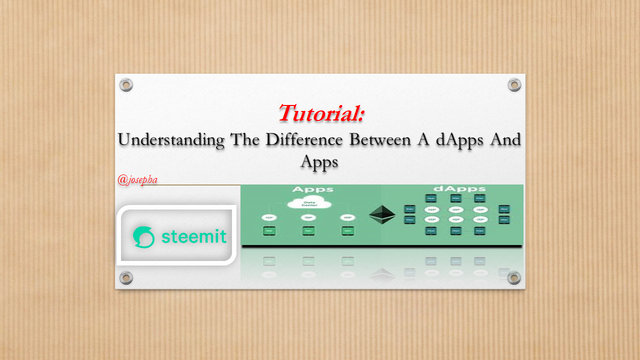
Created with PowerPoint
Blockchain as we all know is a very big projects and it has a vast uses that we often get confuses of some of the terms and technology that are created on a blockchain. To this we often get confused when these two words dApp and App are being mentioned.
The funniest part is that in our every day life, we use standard apps to do things like writing an email in a web browser or check the weather on our phones etc. These programs all have one thing in common: an the thing is that they rely on servers to synchronize data.
Now let's take a look at the screenshot below.
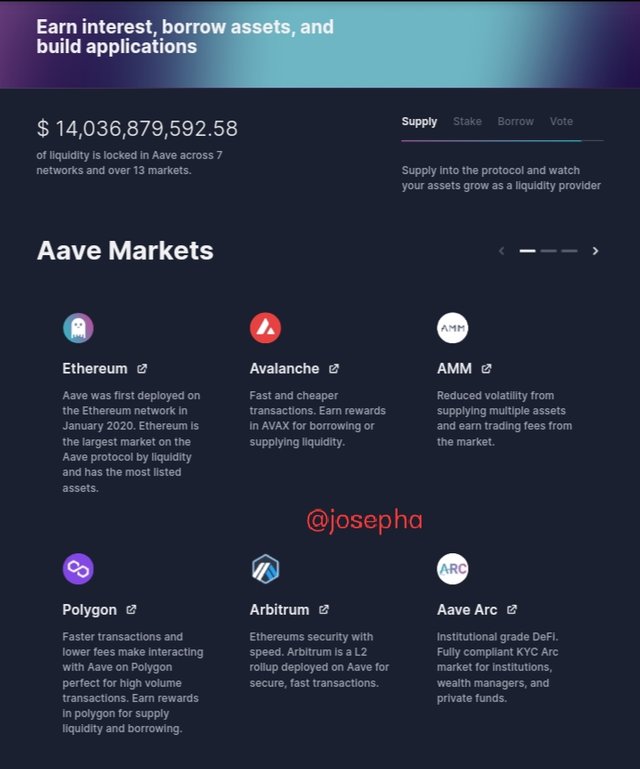 AAVE (dApp) AAVE (dApp) | 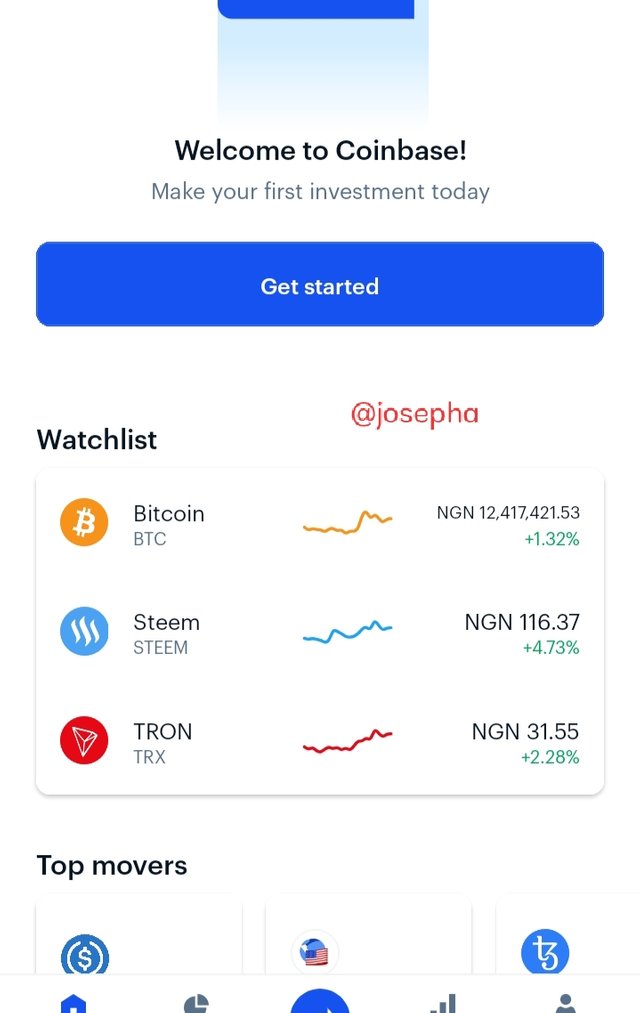 Coinbase (App) Coinbase (App) |
|---|
From the screenshot above, is that of AAVE (dApp) and Coinbase (app)
Decentralized apps, on the other hand (right) are based on peer-to-peer networks known as blockchains and do not require any central servers. There is no need for a central authority because its operation is based on consensus among blockchain participants.
A blockchain is a huge, distributed database whose integrity is ensured by participants (users) solving challenging math problems and encrypting data.
Some experts believe that decentralized applications are driving the web 3.0 revolution, which aims to replace centralized design. What can you say about? don't worry we are going to look about that on our next class.
If you use software without paying for it, you've probably heard the adage that "you're the product." By eliminating intermediaries and establishing trust through automated distributed cryptography, dApps aim to give users more authority.
Now let's get to know the difference between a dApps and App.s
The difference between dApps and applications is that they often appear to users to be the same. The only difference is that dApps always include a crypto token and an economic model (tokenomics), yet there are lots other centralized apps that deal with crypto and still use private servers, such as CoinBase which we have seen from our first screenshot.
Point to note:: if an app asks you to connect your crypto wallet, it's almost always a dApp.
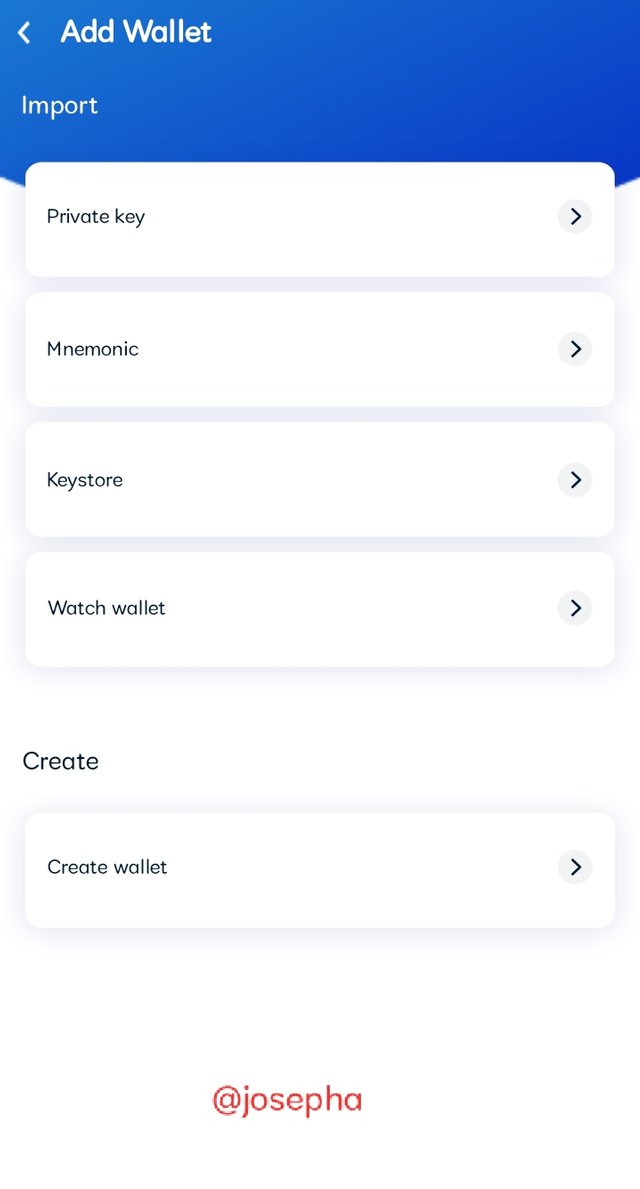 dApp dApp | 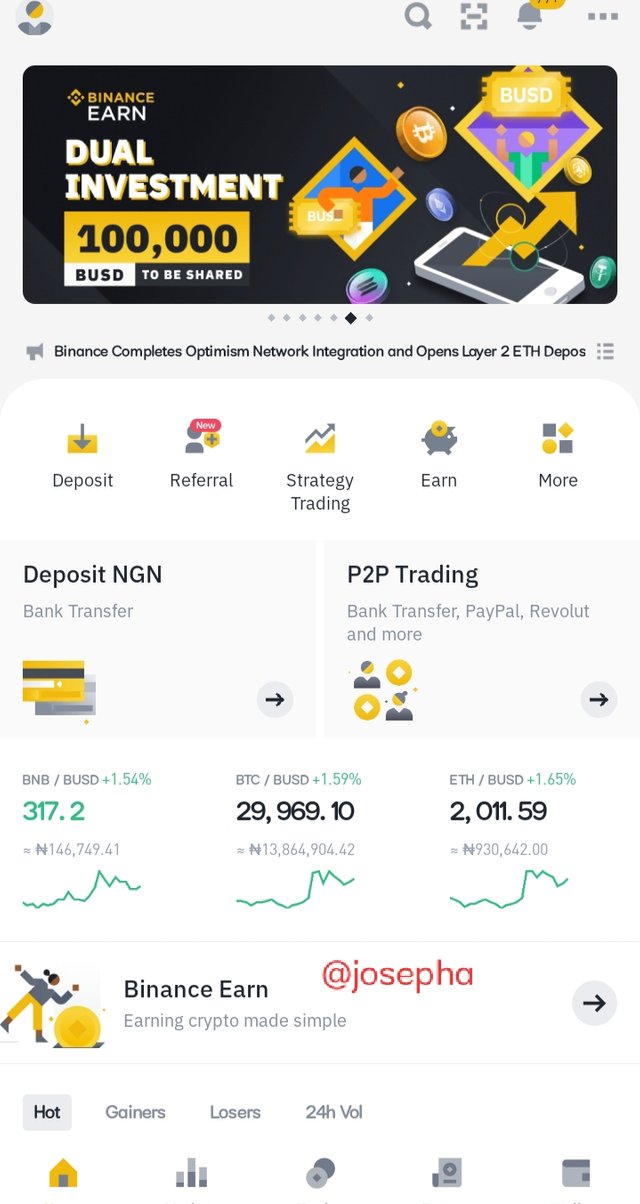 App App |
|---|
From the screenshots above, we can see that dApp require user to connect wallet whereas App require user to login with password.
DappRadar keeps track of around 11,100 dApps on 49 different blockchains: below is the track of data from Dappradar.
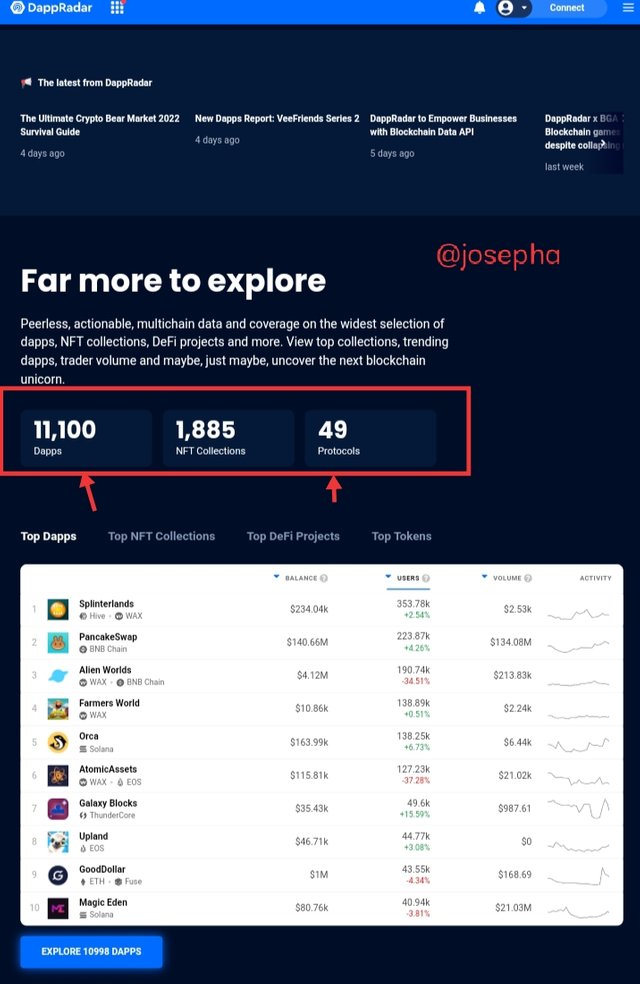
Screenshot gotten form dappradar
When you first start looking into the world of dApps, you'll realize how many of them concentrate around money and games. This is because these apps run on blockchains, and blockchains are built around transactions.
So it's no surprise that games and DeFi (decentralized finance) apps dominate the sector if every move in a decentralized solution is a transaction on a chain.
Other prominent decentralized software categories that we know include:
- exchanges
- Marketplace (this is where NFT is dominated)
- gambling
- wallets
- identity administration
Now as we can see, anything that is related to digital assets attracts a large number of users. Meanwhile, categories such as healthcare have little to brag about:
What is important here about dApps is that dApps are ideal for financial apps, but health software must comply with HIPAA and safeguard patient data. Companies are still thinking about how to go about this whereas dApps is already in control.

The Advantages and Disadvantages of dApps
Whatever hav an advantages.also have its own disadvantages of which dApps is not exempted ow which I will be sharing of them with you now.
Advantages:
No central power: There are no intermediaries because there is no central unit, and users can interact directly with one another. This results in lower fees because consumers should only pay transaction fees, which are typically quite minimal.
Remarkable uptime: Smart contracts that power dApps are available at all times.participation in the decentralized economy. Users can earn tokens or cryptocurrency, which they can then trade or swap for money.
Data security and integrity: Because there is no single point of failure, blockchain technology is extremely secure. To put it another way, hacking a chain and taking control of a decentralized application is nearly hard.
User Privacy:
The blockchain can track all transactions, but they remain fully anonymous.

Disadvantages
Transparency: There is a problem with storing client data because all transactions are publicly viewable on a chain. How can you keep track of their data without revealing it to other users? There are workarounds, and I'll explain them.
Maintenance Cost: You must account for blockchain characteristics while building a decentralized solution, a dApp is more difficult to manage than a standard application. It's tough to upgrade such an application once it's been distributed to a decentralized network, for example. Traditional mobile apps are updated every two weeks on average.
Scalability: Something the network is too occupied and it has a big impact on dApp scale.
Lack of user privacy : Your data can be sell to third party.

Now let's take a quick at some examples of dApp.
OpenSea is the world's largest peer-to-peer marketplace for non-fungible tokens (NFTs), such as video games, digital art, and other blockchain-based assets.
In order for you to how to access OpenSea and sell your NFTs you can read from my previous post below.
UniSwap is another popular decentralized cryptocurrency exchange that majority of us had been using either in on our Trustwallet on it website. UniSwap as a dApp enables seamless ERC20 token exchange on Ethereum.
Rarenote is dApp that is use in the health sector to provides patients with individualized information (data) on medicines in development and clinical trials. This a dApp that is taking over a central app in our health sectors.

Conclusion:
dApps is what the world is now looking out for and in this tutorial post, we have been able to understand the difference between DApps and Apps. For further understanding, you can drop your questions on the comments section.

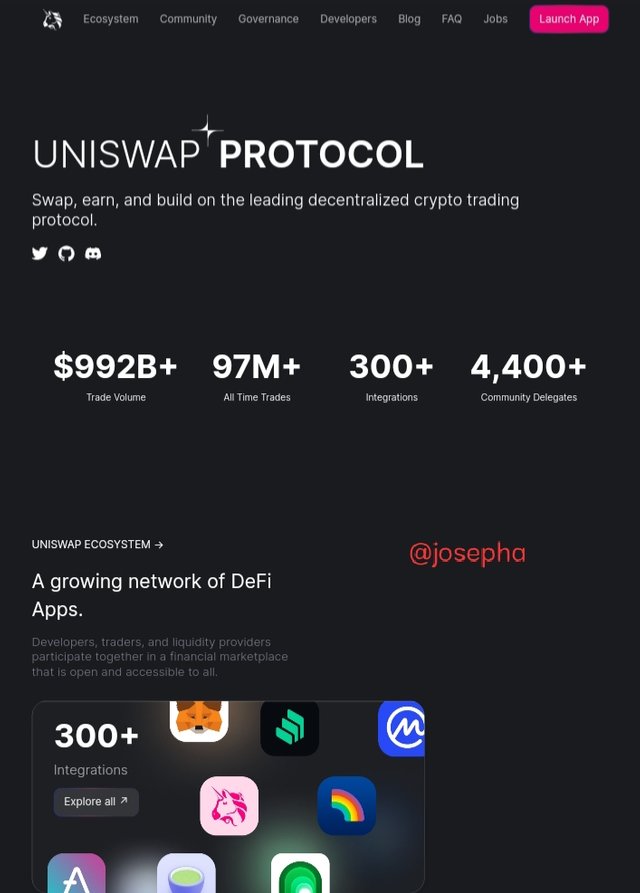
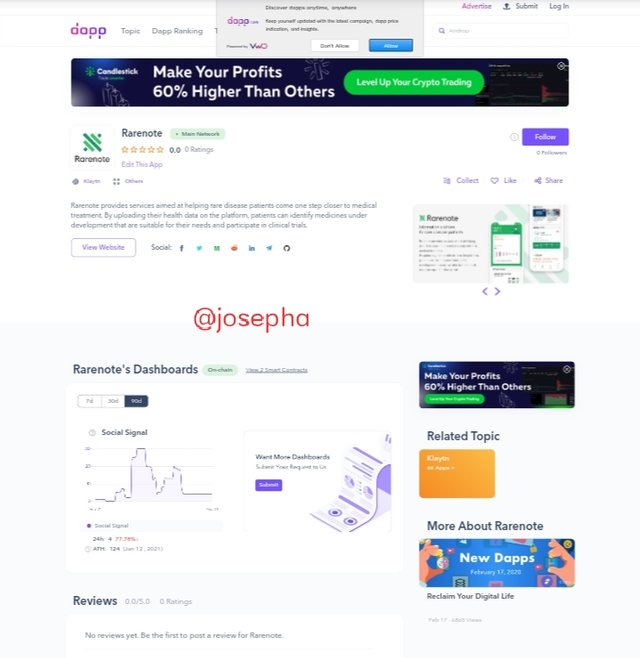
Note: You must enter the tag #fintech among the first 4 tags for your post to be reviewed.